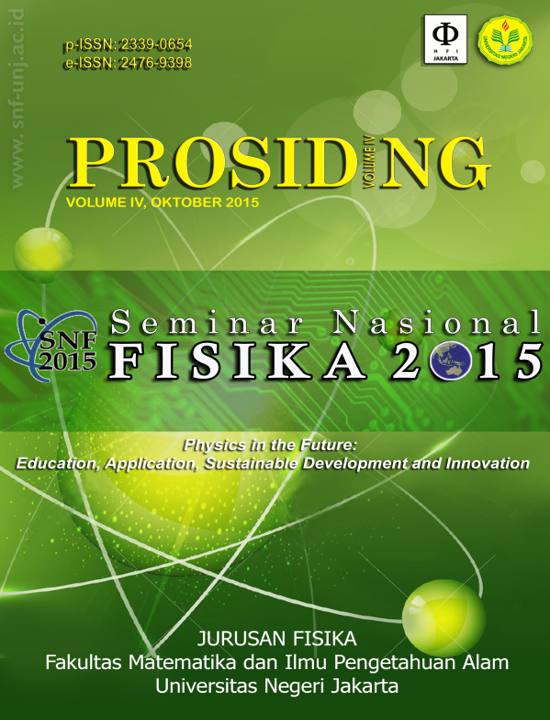VARIASI UKURAN KARBON TEMPURUNG KELAPA SEBAGAI ALAT KONTROL KELEMBABAN
Abstract
Studied on humidity control at testing room has been carie out by using carbon from coconut shell. The carbon is then milled using a ball milling equipment and sieved to obtained various of particle size of a variation of the size of 10 ð›m, 53 ð›m, and 38 ð›m. The results showed that forthe carbon with particle size 100 μmshow the humidity of testing room was 88%, carbon 53 μm produce humidity of 86%, and carbon 38 μm produce humidity of 85%, Without carbon the humidity in the testing room show of 90%. X-ray diffraction characterization of the carbon 38 μm showed a decrease on the interlayer spacing (d002 and d100), stack height (Lc), and the stack widht (La) compared with the carbon of 100 μm. Scanning electron microscopy (SEM) shows the carbon surface morphology, particle size and pore distribution of carbon. Kararakterisasi EDX results showed levels of carbon contained in coconut shell by 93.19%. Testing of carbon as humidity control device showed the maximum results when using carbon 38 μm compared to 53 μm carbon, and carbon 100 μm.
Key words: coconut shell karbon, characterization, activated carbon, humidity.





